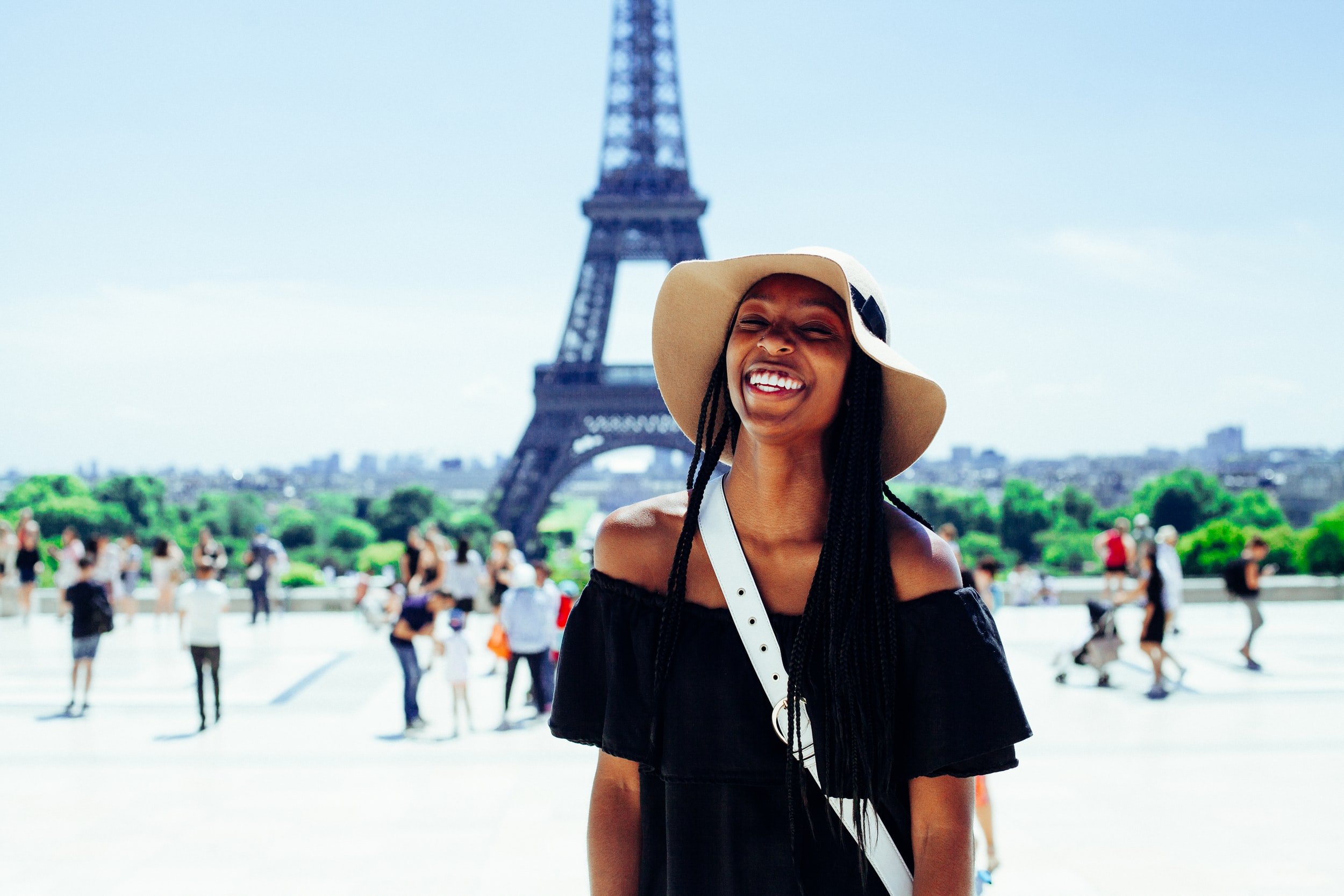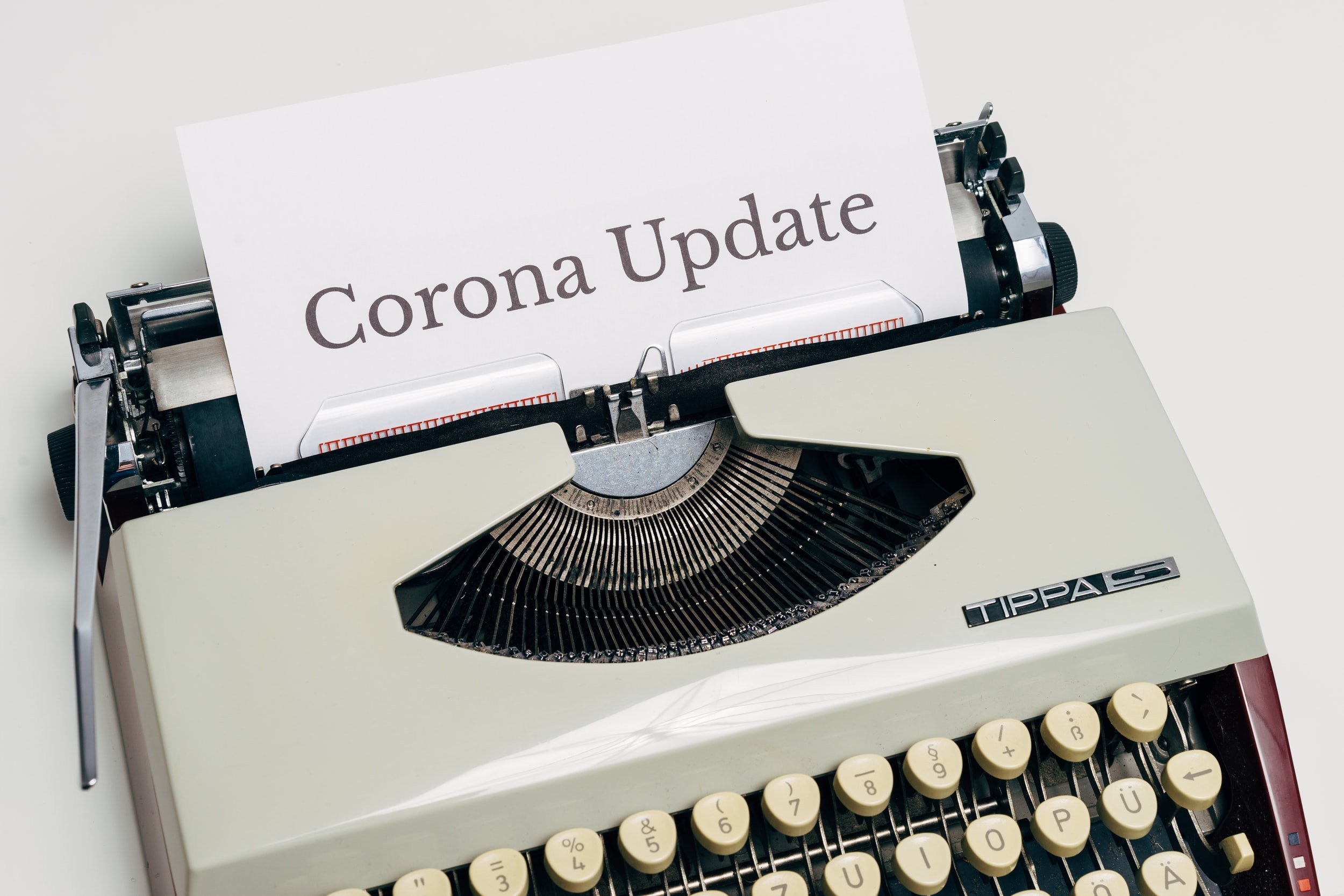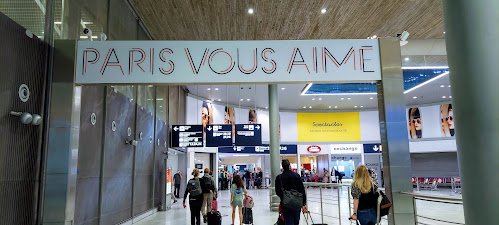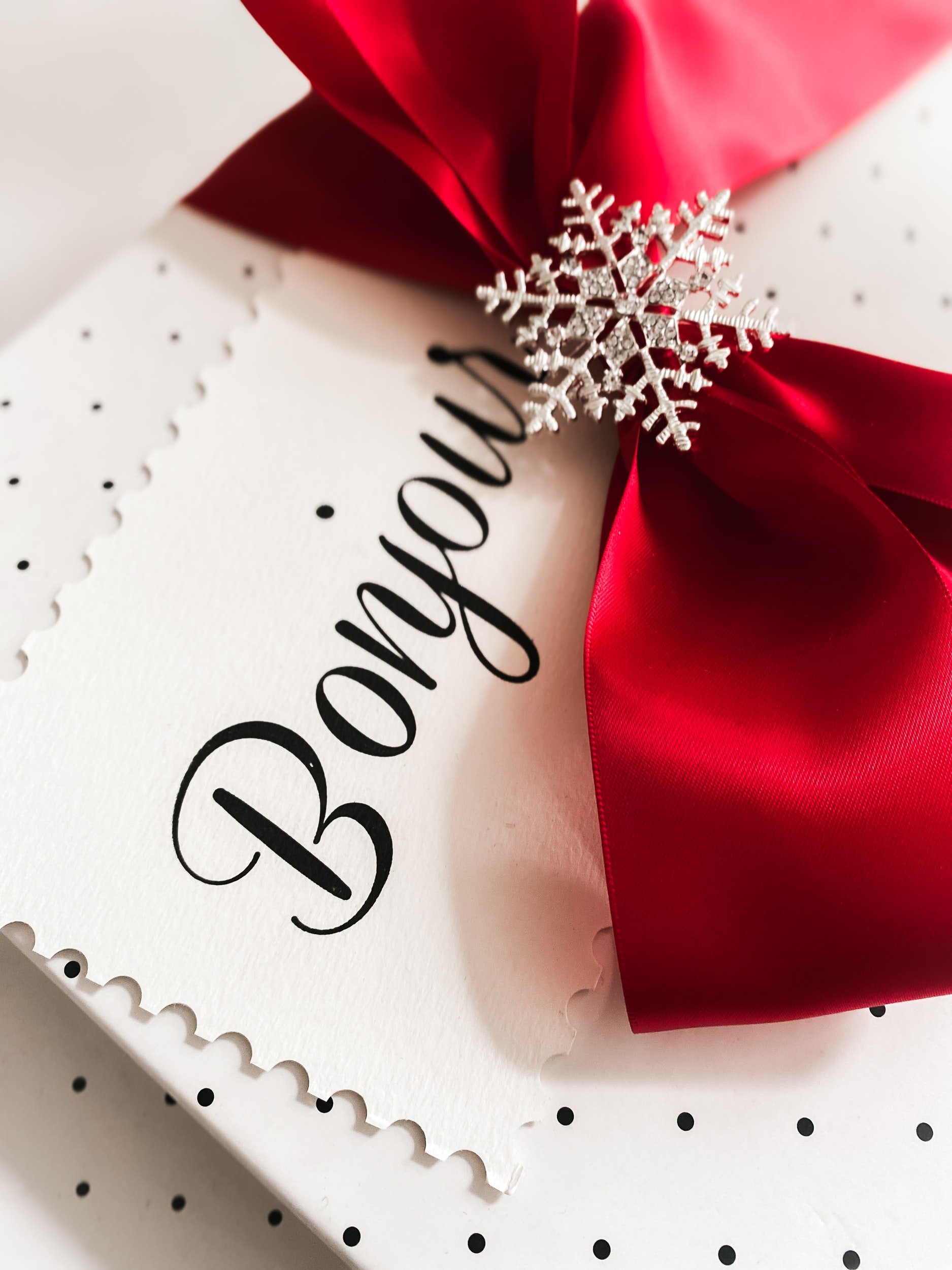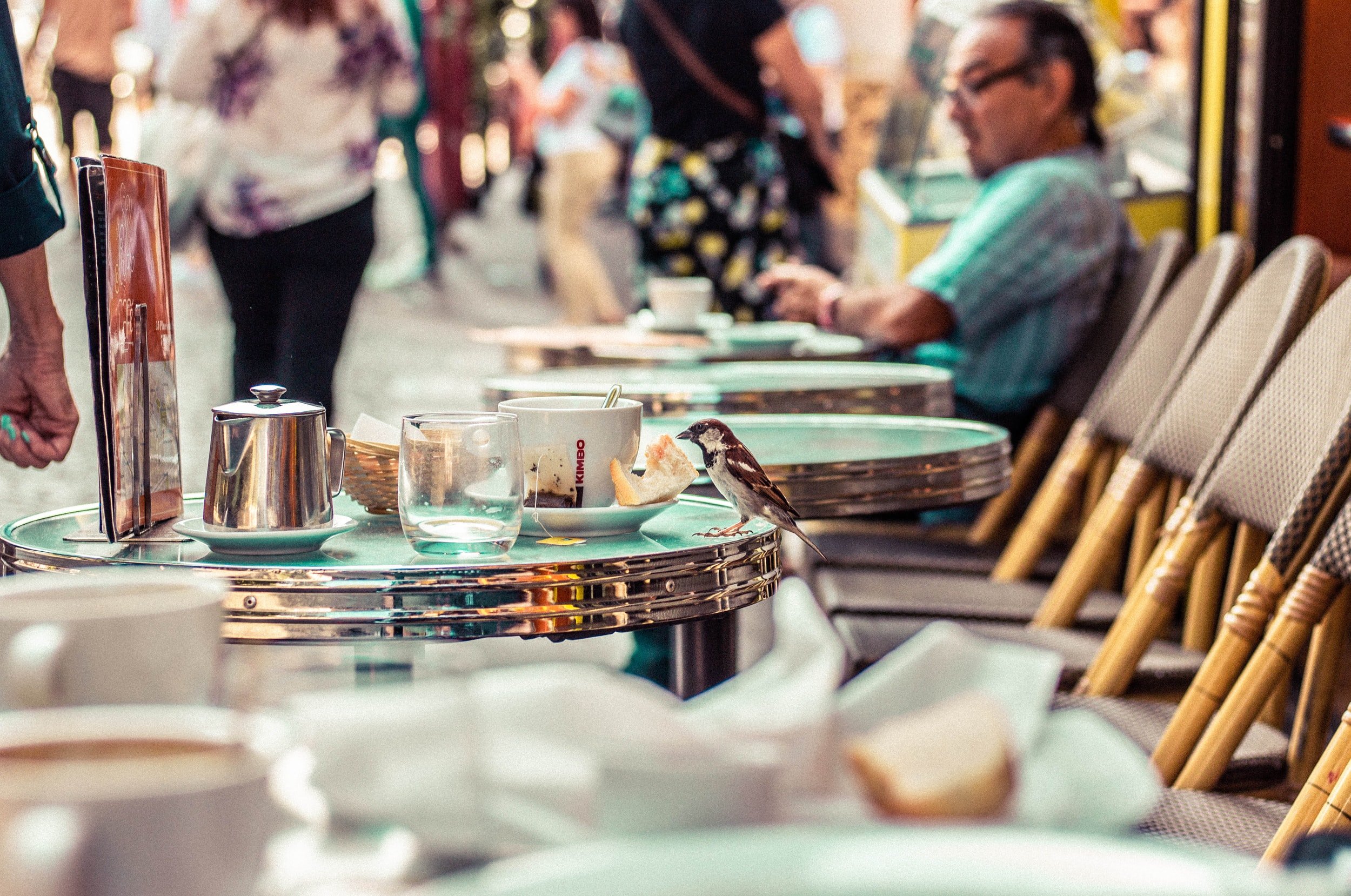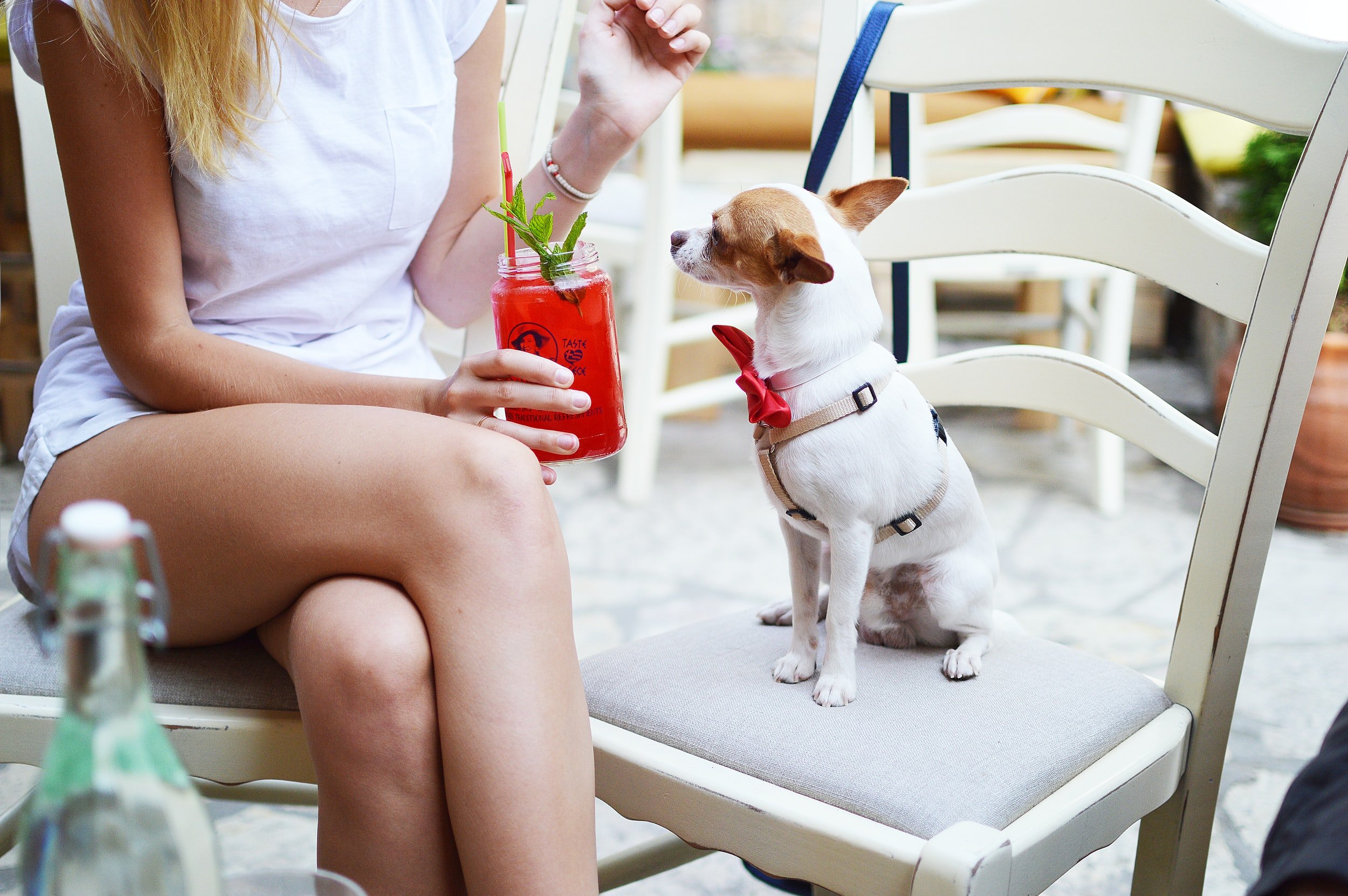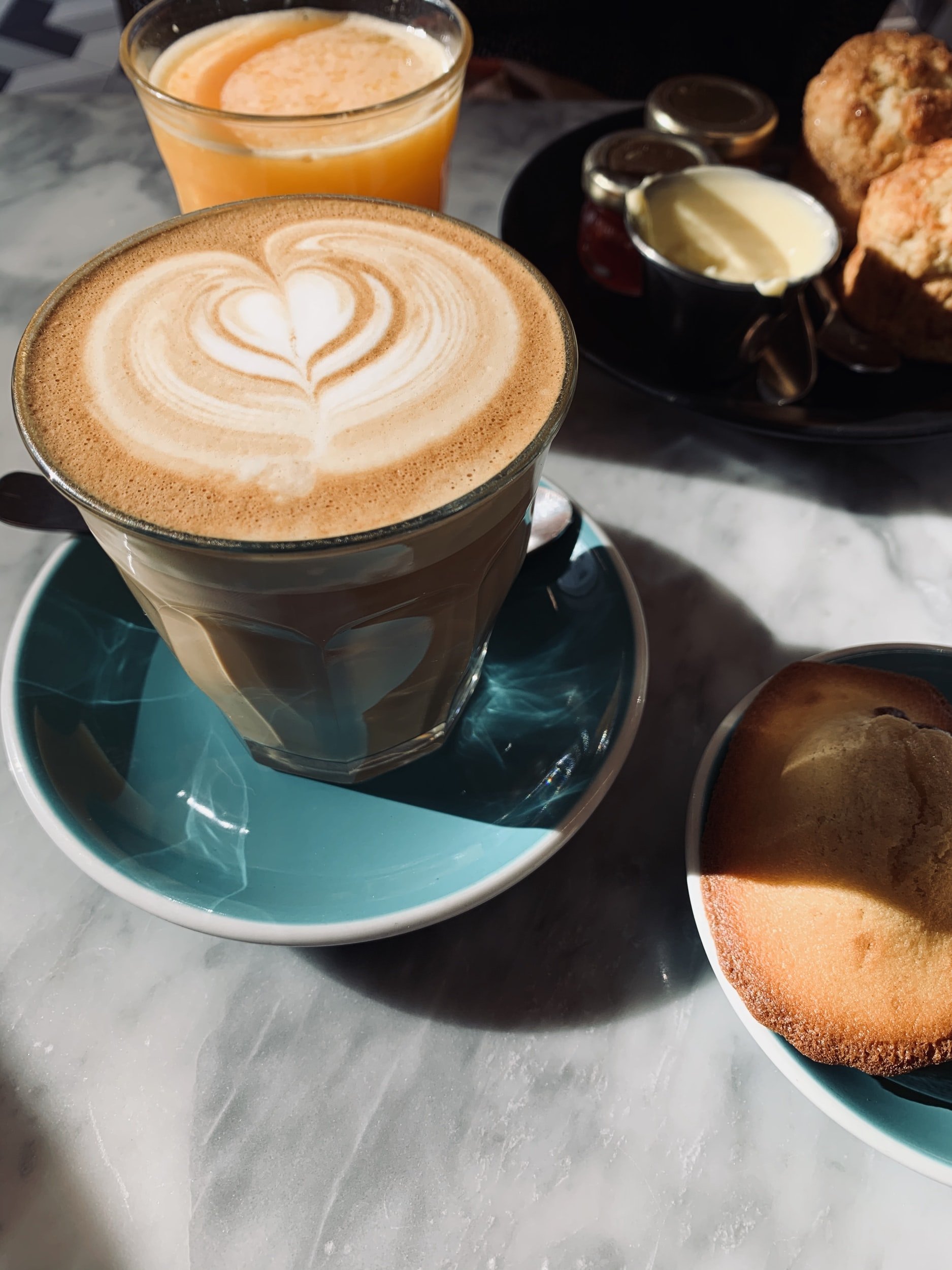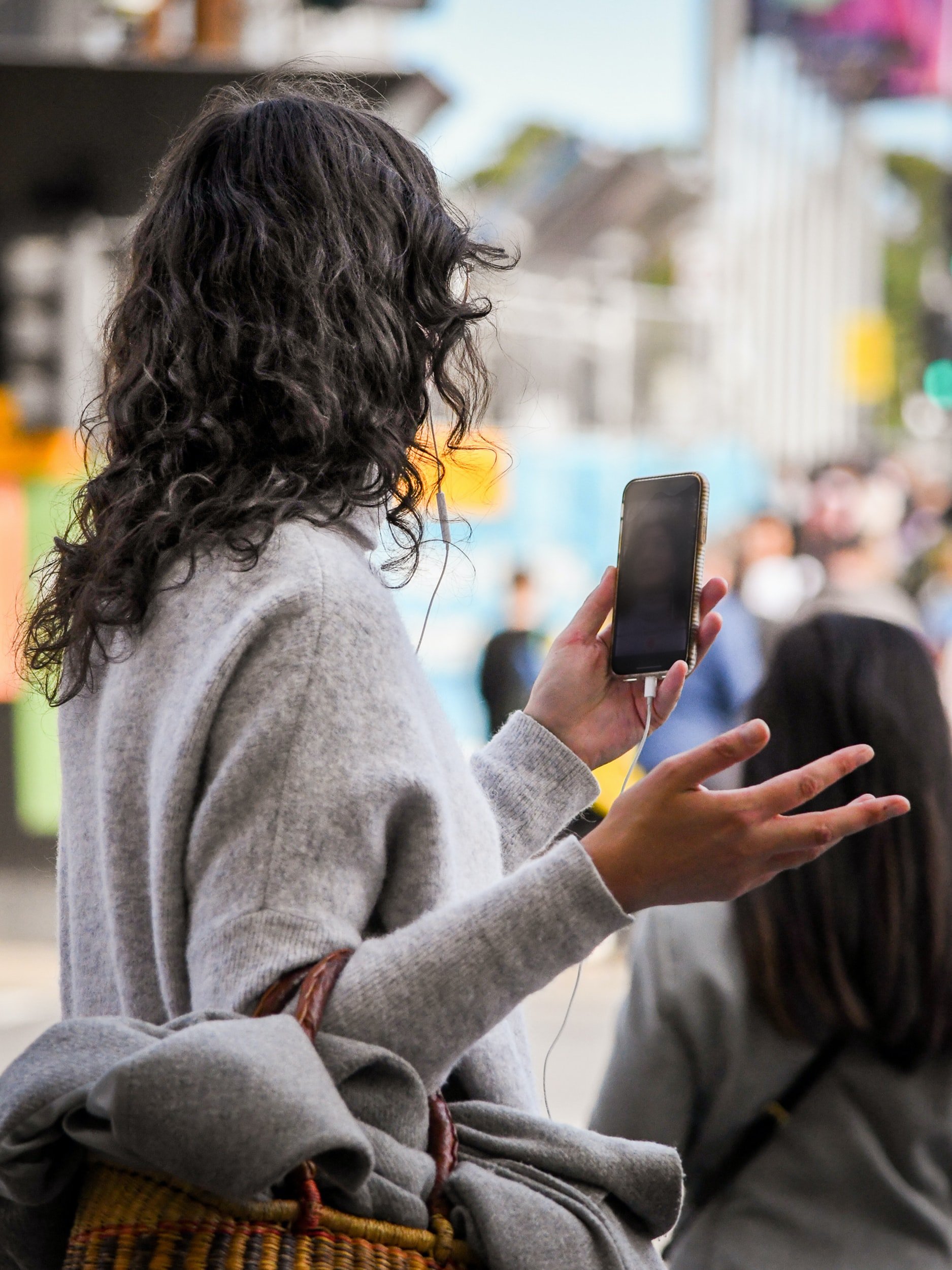12 Things to Know Before Arriving in Paris
So you’re planning to go to Paris and would like some insider tips on what to expect. Here are the top 12 things to know before you go for a smoother and more enjoyable visit in this enchanting city.
1. Passports
Passport book
For residents outside of the European Union, travel to France requires a passport book that is valid for six months after your return date. There should also be at least two blank pages for entry stamps in your passport book. If you do not currently have a valid passport, you will need to start the application (or renewal) process several months in advance. Apply/ renew your passport here.
Passport card
Rather than carrying your passport book around the city which can be risky, use a passport card instead as your ID. You can order your passport card here.
Travelers no longer have any formalities to complete before arriving into France, and the COVID certificate is no longer required, irrespective of the country or area of origin.
2. Arrival in Paris
Upon arrival at the airport, you will first go through passport control (everyone will be going in the same direction). Then proceed to baggage claim- signs are in French and English. Once you exit the baggage claim area, you’ll continue in the arrival hall where you’ll see the exit doors and options for ground transportation.
3. Getting Around
A fantastic way to explore the city is on foot. Walking allows you to not only experience the neighborhoods and sights, but also to pop into the local bakeries and boutiques for tasty treats along the way. Alternatively, you have the Paris transportation system that includes the métro which operates within Paris city limits, the RER (regional) trains that go outside of the city (e.g. airport, Versailles, Disneyland), and the city buses. Uber and taxis are good options for when you need to get around after hours, if there’s a strike or for those with reduced mobility. Lastly, for visitors who are pressed for time or who are looking for a leisurely option, the Hop On, Hop Off tour bus is a great way to move around the city and at the same time enjoy the wonderful sights.
4. The Bonjour Effect
The Bonjour Effect is a book written by authors Julie Barlow & Jean-Benoît that talks about some of the nuances in the French language, such as the word “bonjour”. Bonjour is more than just a greeting; it is an essential part of French culture. What that means is before asking for anything (e.g. for directions, how much something costs, to sit at a table, etc) it is important to first say bonjour (in the daytime) or bonsoir (evening) to the person. Think of it as being sort of the “magic word” which can make or break your experiences in Paris.
5. The Restaurant Scene
Whereas U.S. restaurants prioritize table turnover and moving customers in and out quickly (aka “fast service''), in French culture the dining experience is about savoring the moment and enjoying the food, the ambiance, and conversation. Expect the rhythm to be at a more laid-back and slower pace. For example, the waiters take longer to come and take the order. Once the food is brought to your table they refrain from interrupting while you’re eating or conversing, and in most places the bill comes only after you have requested it (there is no rush for you to leave). To ask for the check, simply say “l’addition s’il vous plait”.
If you’re in need of something quick, be on the lookout for chain boulangeries (bakeries) such as Paul’s and La Mie Câline or places that say “traiteur” or “emporter” as they will have food available for those who are on the go. Street food such as crêpes, sandwiches or falafels are convenient options.
Tipping is usually in cash. Rounding up by 1 or 2 euros is appropriate at most restaurants, cafés and bars.
French food vocabulary:
La carte- menu
Menu (or formule)- special of the day; meal combo set at a pre-fixed price
Entrée- appetizer/ starter (the French word entrée means entry point)
Boissons- drinks
Plats- main dish
Végétarien- vegetarian/ Végétalien- vegan
Desserts- desserts
How about trying some of these foods?
At the bakery
Baguette: try a “baguette tradition”, a traditional baguette which is what locals will usually buy
Croissant
Pain au Chocolat- chocolate croissant
Madeleines- small sponge cakes
Macarons (not to be confused with macaroons)- small pastries made with almond paste
Paris-Brest- choux pastry with praline creme inspired by Paris-Brest bicycle race
At the bistro
Escargot- snails cooked in a garlic butter sauce
Terrine or pâté- a mixture of ground meat that is spread on baguette; terrine is chunkier and pâté is smoother. Some places serve terrine & pate made with vegetables.
Charcuterie by definition is meats. Assiette de fromage is a cheese plate. Assiette mixte is both.
Croque Monsieur/ Croque Madame- grilled ham & cheese sandwich in béchamel sauce; the madame is served with an egg
Soupe à l'oignon- French onion soup (traditionally in beef broth although some places use chicken broth)
Quiche Lorraine- quiche filled with French cheeses and bacon
Steak Tartare- raw ground or minced beef prepared with onions, capers, & Worcestershire sauce
Bœuf Bourguignon-beef stew in a red wine reduction sauce
Confit de Canard- duck usually served with potatoes
Poulet roti- rotisserie chicken
Coq au Vin- chicken cooked in wine sauce
Blanquette de veau- veal in white cream sauce
Moules Frites- mussels in white wine sauce
Huitres- oysters (paired with a glass of white wine or Champagne, this is divine )
Saumon- salmon
Entrecôte or Bifteck- steak
Steak frites- steak & fries
Choucroute- sausages, sauerkraut, & potatoes
Pâtes- pasta
Raclette- cheese melted over potatoes accompanied with charcuterie or vegetables
Mousse au Chocolat- chocolate mousse
Crème Brûlée- custard with caramelized sugar
Glace- ice cream
Drinks
Kir - cocktail made with crème de cassis liqueur topped with white wine. Add Champagne it becomes a Kir Royale!
Aperol Spritz- Italian cocktail made with Aperol, prosecco and club soda
Bière- beer
Monaco: cocktail made with lemonade, beer and grenadine. Even those who don’t drink beer will enjoy this one!
Wine- French wines are named by place rather than by grape. For white wines try a Sancerre, Vouvray, white Bordeaux, a white Burgundy, or Riesling from Alsace. Red wine lovers may enjoy Côtes du Rhône, Languedoc or Bordeaux.
L’eau is water and sometimes you have to ask for it. The same is true for ice (glaçon) since ice is less common in France. Sans gaz is still water; l’eau gazeuse is sparkling water.
Coke, also known as un Coca is available everywhere. But since you’re in Paris, try the all-natural sparkling citrus drink Orangina made in France.
Coffee & Tea
Café is espresso
Café Americain- American style coffee
Café crème- coffee with milk
Cappuccino- espresso with steamed or foamed milk
Café Gourmand- espresso coffee accompanied by a small dessert sampler
Thé is green tea (thé vert) or black tea (thé noir). For herbal tea ask for une tisane
6. Money Matters
The currency used in France is the Euro. Click here for a currency converter (changes daily).
To get cash (in euros), ATM’s generally offer the best exchange rate.
Bank of America account holders have free ATM access in France at the partner bank BNP Paribas.
Contact your banks before leaving the U.S. to advise them that you’ll be using your cards overseas. This helps to avoid declined transactions as part of fraud protection.
7. Shopping in Paris
Always say bonjour to the shopkeeper.
When going to the local market or grocery store, remember to bring your own reusable bag. Otherwise you’ll have to purchase a bag at the checkout.
Have at least two different bank cards. Note: Visa & Mastercard are widely accepted, AMEX is accepted less frequently and Discover is almost never used in France.
Cash (in euros) is handy as some places require a minimum purchase amount for card transactions. Some small vendors such as the bouquinistes along the Seine or other street vendors may not accept cards at all.
Want to know your correct size when shopping in Paris? Check out the size charts for shoes and clothes.
Did you know that some purchases may be eligible for a VAT refund? Find out how to claim your refund here!
8. Photography
Whether for your blog, Instagram stories, or your personal collection, photography in Paris is a lot of fun! Feel free to take as many photos as you want when outdoors. In certain indoor spaces such as in privately owned shops, photography may not be allowed. Just remember to ask before snapping a photo, particularly when inside smaller boutiques. Don't forget to tag #meetmeinparisatl on your socials!
9. Staying Connected
Google offers free international calls & texts through WiFi. You can sign up for Google Voice here.
Apps such as What’s App, FaceTime, Messenger or Skype are also free/low-cost ways to stay connected with family & friends.
Use WiFi when possible and turn your data roaming “OFF” to avoid a heart-stopping phone bill when you return home.
To use your U.S. cellular number, check with your Xfinity Mobile, Verizon, AT&T, T-Mobile or other provider before departure and inquire about service plans in France.
If you have an unlocked phone, you can purchase a prepaid SIM card such as Orange (available at Amazon and at tabac shops in France ) or Le French Mobile, whose rates are typically lower than the cell phone companies.
How to call the US from a French number: dial 00, 1 and the area code and telephone number.
How to call France from a U.S. number: dial 011, 33 and the area code and telephone number.
10. What to Wear
Smart or dressy casual is an ideal choice that offers comfort and style.
Wear layers for temperature changes throughout the day.
Did you know that it rains a lot in Paris? Bring your travel umbrella and/or a rain jacket!
Walking shoes (not sneakers) offer the best support and comfort for walking on uneven surfaces such as cobblestones. Check out these favorite shoes recommended by Everyday Parisian. Merrells, Clarks, Teva, and Aerosoles are some brands that are also tried and tested by world travelers.
11. Packing
Less is more. Watch this video on how to pack like a pro for Paris.
Liquids, gels, and aerosols must be in three-ounce or smaller containers. Bottled water or other non-alcoholic beverages can be purchased after clearing the TSA checkpoint.
Have essential items (e.g. passport, keys, medications, glasses, bank cards, face mask, toiletries) as well as a set of change clothes, sweater or scarf in your carry-on luggage.
12. Safety
Be mindful of scams. If someone stops to ask if you’ve dropped a ring, to sign a petition, to wear a friendship bracelet, or invite you to play a quick game to win a prize, simply ignore them and walk away.
Pickpockets adore open pockets and backpacks. A crossbody bag with zipped pockets is preferable as it is less “inviting” to thieves.
Leave the fine jewelry at home. Instead take the inspiration from Chanel and accessorize with faux pieces!
Keep your passport book safe in the hotel room lockbox and carry your passport card instead.
The Smart Traveler Enrollment Program (STEP) is a free service to allow U.S. citizens and nationals traveling abroad to enroll their trip with the nearest U.S. Embassy or Consulate. By registering your trip in case of emergency (e.g. natural disaster, civil unrest, or family emergency), the US Embassy and/or family members will be able to contact you. Enroll a trip here.
Dial 112 for emergency
As a bonus, here are some of my favorite Paris travel apps.
Getting around: G7 Taxi, UBER, Île de France Mobilités, Bonjour RATP
Paris Travel Guide
Maps: City Mapper, Google Maps, Google Maps Offline, HERE WeGo
Food: The Fork (La Fourchette), Le Fooding, Yelp
Google Translate
Staying connected: What’s App, FaceTime, Messenger, Skype
Weather: AccuWeather, Weather Channel


